Saint John Paul II: Pope of New Millennium
The Pontiff of the Family
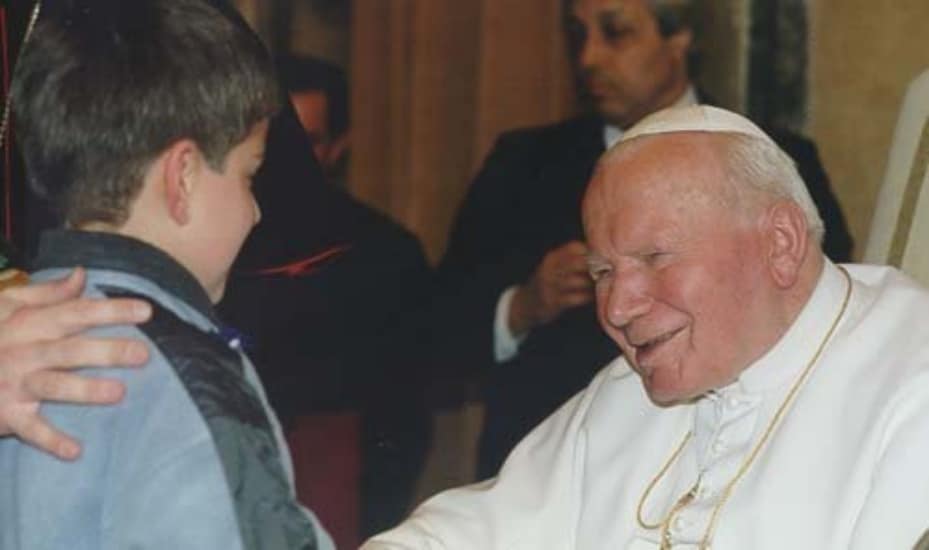
Father Manuel Gonzalez Lopez de Lemus offers an article on Saint John Paul II, whom he describes as “the Pope of the New Millennium,” whose feast day is celebrated on October 22.
* * *
The celebration of the liturgical feast of Saint John Paul II — Karol Josef Wojtyla, which was his name before becoming Pope –, brings to mind one of the great personalities of the 20th century.
Born in Wadowice, Poland, on May 18, 1920, he was elected Roman Pontiff on October 16, 1978, his Pontificate being the third-longest in the history of the Catholic Church. He was in the See of Peter for almost 26 and a half years, and died on April 2, 2005.
His Pontificate marked the life of the Church, preparing us to enter the 21st century, reminding us of the need for a New Evangelization. As Our Lord Jesus Christ, this Pope was a sign of contradiction.
He suffered a lot, not only mentally and spiritually, but also physically. An attack in Saint Peter’s Square could have ended his life. On one hand, his youth was marked by suffering: his mother died when he was just 9 years old. His sister Olga died before he was born. His older brother Edmund, who was a doctor, died in 1932 by the contagion of a disease when he cared for a man of humble condition. Together with his father, Karol Wojtyla he went to Krakow to begin his studies at the Jagiellonian University. His father, a non-commissioned officer of the Polish Army, died in 1941 during the Nazi occupation of Poland. Karol was just 21 when he remained totally an orphan.
On the other hand, his country suffered the tyranny of two totalitarian regimes, which attempted to destroy and erase Poland from the map of Europe. In the first place, the Nazi occupation of the country from 1939 to 1945, was six years of terror suffered by the recently re-founded Republic of Poland, and, almost from the end of World War II, from 1945 to 1989, year in which the Communist regime lost its hegemony over Poland. The Poles were able to survive all these atrocities thanks to their great faith in God, and in their culture and traditions.
Saint Joh Paul II suffered in his flesh the crisis of modernity caused by regimes that think that man on his own, without God, can decide what is good and what is bad. They also thought that a certain group of people could be annihilated. These abuses caused the crisis of modernity, which reached a degradation and pulverization of the dignity of the human person. Communism, Nazism, and Fascism were those ideologies that rejected God as Creator and foundation to determine what is good and what is bad.
However, Pope Wojtyla <also> had to fight against modern manifestations that attempted against the person’s dignity in the free societies. Every time a human being was reduced to an object of manipulation, the fundamental right of every individual was pulverized. Therefore, in his book Memory and Identity, the <Polish Pope> reminds us that the fall of those totalitarian ideologies has given way to other forms of extermination, such as the legal destruction of conceived human lives, before their birth, by abortion. Nor are strong pressures lacking in international organizations to alter the basic cell of society: the family, leaving it unprotected and weakening its foundation. In some places, even the legalization of euthanasia is allowed, putting an end to lives that aren’t useful. The Polish Pontiff was a fighter in all areas for the dignity of the human person — the principle that stems form the fact that every life is a bearer of God’s image and, as such, subject to some inalienable rights.
So the Roman Pontiff raised the need to reveal another evil ideology, perhaps more insidious and veiled, which even attempts to instrumentalize man’s rights against man and against the family. For all this, Saint John Paul II merits the title Pope of the Family.
I now would like to share some personal experiences I had with Saint John Paul II. The first time I had the opportunity to see him was at a meeting of University students from all over the world in Rome, during Holy Week of the year 1981; it was in a mass gathering in Paul VI Hall during a General Audience. I had been there a few years earlier, in 1974, when I saw Paul VI for the first and last time. My emotion was great when I saw him on the Papal Throne carried on a litter by several men, but I could only get close by some 50 meters.
In 1981, in an audience with Saint John Paul II, not only were we close to him but were able to touch him. It was crazy. I don’t know how we didn’t harm him. We had another meeting with him on Easter Sunday in Saint Damasus’ courtyard, which was only for university students. It was a very interesting and funny meeting. He teased us graciously and we told him things. We all put our hands up because we wanted to talk; I had never been so close to a Pope.
A few months later, once I finished my medical career, which I alternated with studies in Philosophy and Theology, I went to Rome to an international Seminary. My intention was to finish my Theology studies. They were almost two unforgettable years. During that time I attended the Holy Mass he celebrated for University students during Advent and often the Angelus, which he prayed from the window of his apartment.
I soon learned that, if I wanted to see him up close, I had to put myself near a mother with a baby. Saint Paul II was especially attracted to mothers with their children. Rarely did that trick fail me. Karol Wojtyla was truly the Pope of the Family.
Before ending my stay in Rome, in the month of May of 1983, I was asked that, as I had finished my studies, if I was willing to be Ordained a priest. I had made it clear before that I was willing, although I was passionate about Medicine. On answering yes, I was almost speechless when I learned that if there were no hindrances, the Ordination ceremony would be on June 12, the feast of Pentecost and the place would by Saint Peter’s Basilica and the celebrant would be the Pope . . .
The ceremony was indescribable, John Paul II’s closeness was impressive, and all, including the enclave, ineffable. There were two moments in which the Pope, now Saint, approached me during the ceremony: the first was the imposition of hands. We were some 72 candidates, distributed in several rows. I was at the head of the last one. The Pope already looked somewhat tired, but when he came to me, I was kneeling, he squeezed me so hard that I almost fell on the floor; I felt an enormous force that passed through him.
The second was the embrace of peace. The celebrant is seated on the chair, the candidate approaches, kneels before the Pope and opens his arms in a gesture to receive his. Once I had his hands on my arms, I looked at him and asked him if I could kiss his hand. He didn’t say anything, he remained silent; he looked at me and with a rogue face it seemed he said to me: that is not asked for and, hurry, before the Master of Ceremonies throws you out. Neither short nor lazy I approached him and kissed his hand, immediately I was called to attention to let the next one pass.
After the ceremony, as is traditional, all those that had just been Ordained had a photo taken with the Pope in front of Michelangelo’s Pieta. I couldn’t get close as there were many of us. But I knew that afterward, he greeted those that helped in the ceremony as acolytes and altar servers.
I took off the ornaments as quickly as I could and I went to him. I advanced between two curtains and reached him when he was near the door, through which there is access to the elevator that he took to go to his room. At that moment, a Swiss Guard saw me and he took my arm and said I couldn’t approach him. I called out to the Pope and said I was one of the ones he just Ordained; he looked at me, smiled, and made a gesture to approach me. At that moment, his Secretary took his arm and didn’t let him go on. He turned around, looked at him in the face, and made the gesture that he would continue to advance to where I was. What was my surprise when I saw that his Secretary took him by the arm and wouldn’t let him advance. This time he turned and went to the elevator, leaving me disconsolate that I had lost the opportunity to greet the Holy Father alone. Nevertheless, that day I learned a great lesson that I’ll never forget: the Pope, who is Christ’s Vicar on earth, also obeys, even if he wanted to do something else at that moment.
Father Manuel Gonzalez Lopez de Lemus
TouTube: Fr. Manuel Gonzalez / Facebook: Emmanuel J. Gonzalez
Instagram: @mitogonzalez2013 / Blog: Consideraciones espirituales
Translation by Virginia M. Forrester
Related
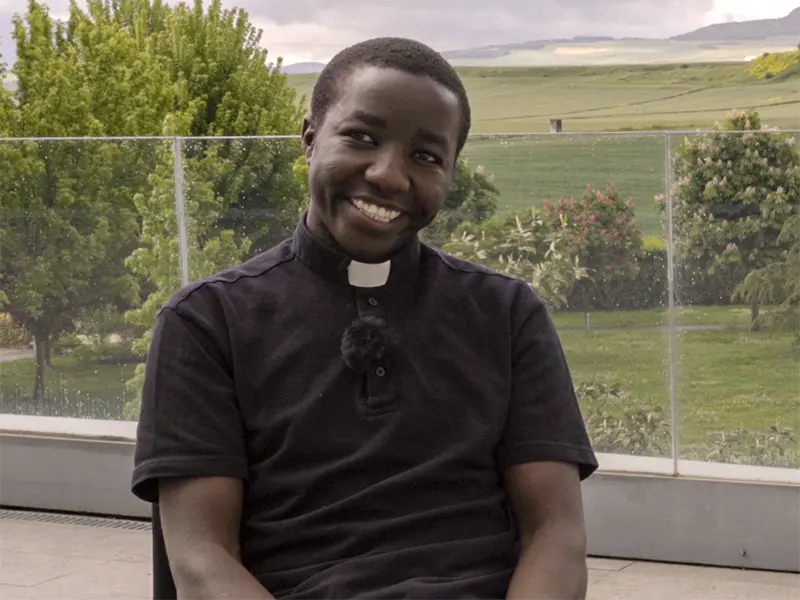
“Being Catholic in Tanzania is a source of pride”
Fundación CARF
16 April, 2025
6 min
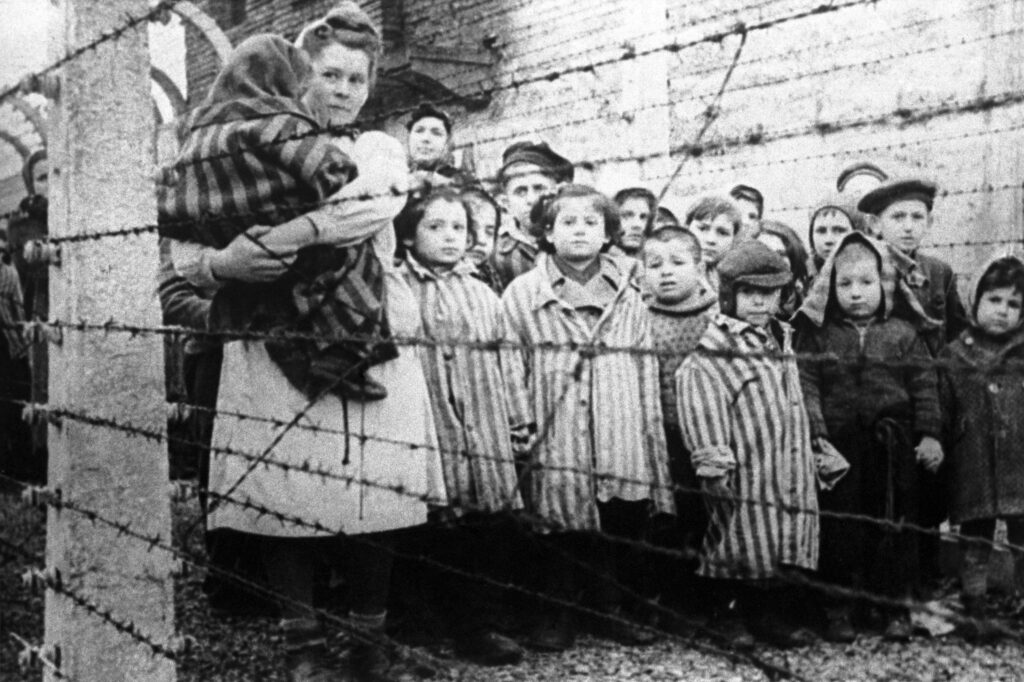
“I Will Never Be Herod for the Innocents”
Wlodzimierz Redzioch
14 April, 2025
6 min
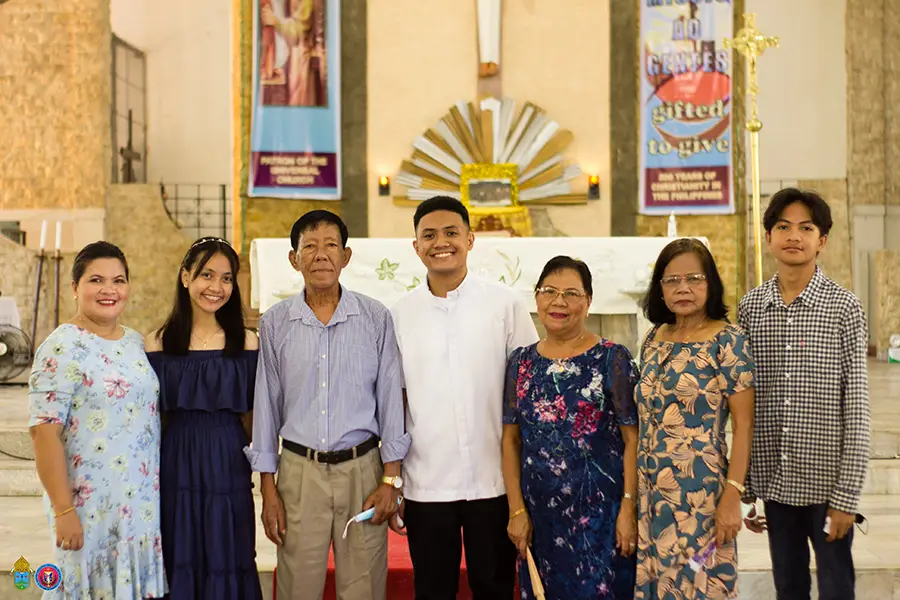
“Spain must preserve the faith it once transmitted to us”
Fundación CARF
07 April, 2025
7 min
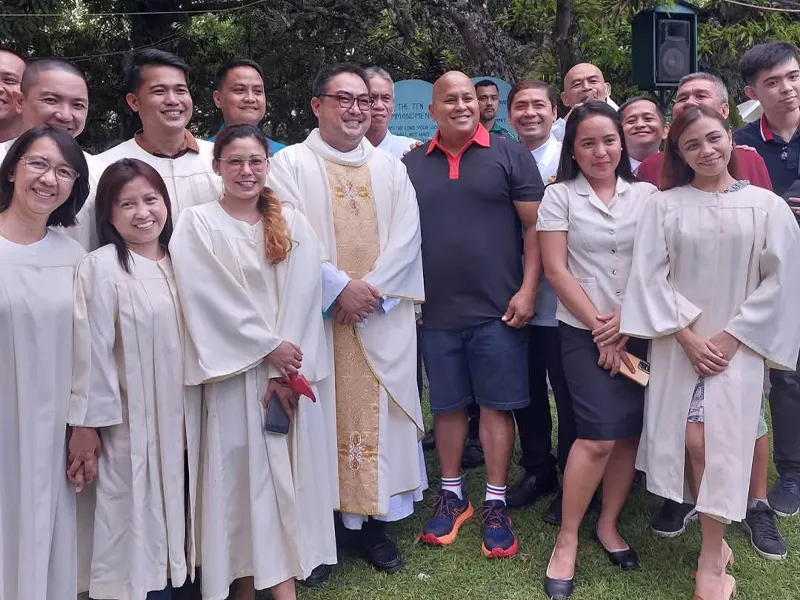
“The priest finds his reason for being in the Eucharist”
Fundación CARF
01 April, 2025
5 min
 (EN)
(EN)
 (ES)
(ES)
 (IT)
(IT)

